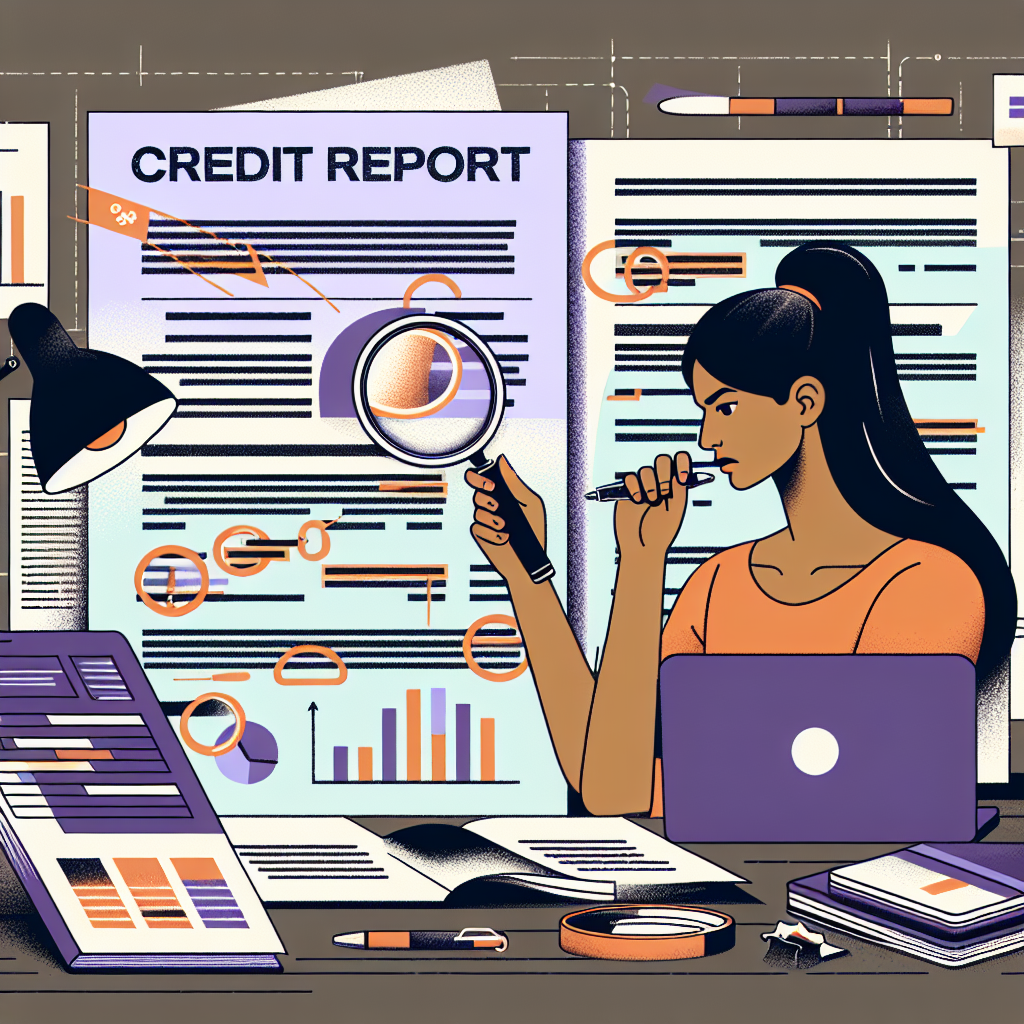Managing your credit report is crucial for maintaining a healthy credit score and overall financial well-being. Errors on your credit report can negatively impact your creditworthiness, affecting your ability to secure loans, credit cards, and even housing. If you’ve identified inaccuracies on your credit report, don’t worry—this guide provides a step-by-step process to dispute errors effectively.
Understanding Your Credit Report
What is a Credit Report?
A credit report is a detailed record of your credit history, including your borrowing and repayment activity. Credit bureaus compile this information into reports used by lenders to assess your creditworthiness.
Why is it Important to Monitor Your Credit Report?
Monitoring your credit report regularly helps you catch errors early, allowing you to take action before they affect your credit score. Regular checks also help you understand your credit standing and identify any fraudulent activities.
Common Errors Found on Credit Reports
Inaccurate Personal Information
Errors such as misspelled names, incorrect addresses, and wrong Social Security numbers are common mistakes that can linger in your credit report.
Account Errors
This can include incorrect account balances, accounts reported as delinquent that are actually in good standing, or duplicate accounts appearing on your report.
Fraudulent Accounts
Sometimes, identity theft can result in unauthorized accounts appearing on your credit report. It’s vital to dispute these as soon as possible to protect your credit score.
Steps to Dispute Errors on Your Credit Report
Step 1: Obtain Your Credit Report
You can request a free credit report once a year from each of the three major credit bureaus—Equifax, Experian, and TransUnion—at AnnualCreditReport.com. Obtain all three reports to cross-reference any discrepancies.
Step 2: Identify and Document Errors
Review each report thoroughly for errors. When you identify discrepancies, document everything related to the error. This includes dates, accounts involved, and nature of the inaccuracies. Take screenshots or print copies if needed.
Step 3: Gather Supporting Evidence
Compile any necessary documentation to support your claim. This can include payment receipts, bank statements, or any legal documents that validate your position.
Step 4: File a Dispute with Credit Bureaus
You can dispute errors directly with the credit bureaus either online, by mail, or by phone. However, filing a dispute online is often the quickest method. Provide complete and clear details about the error and include any supporting documents. Each bureau has its own dispute process:
- Equifax: Dispute Online
- Experian: Dispute Online
- TransUnion: Dispute Online
Step 5: Follow Up
After you file your dispute, the credit bureau will typically investigate within 30 days. They will notify you of the results, and if the dispute is resolved in your favor, the error will be corrected on your report. If the error is not corrected, you have the right to request a statement of your dispute to be included in your credit file.
The Importance of Timing
Dispute Errors Promptly
Addressing inaccuracies as soon as you discover them is essential. Delays can extend the time it takes to resolve disputes, which may impact your ability to secure credit when you need it.
Keep Records
Maintain careful records of all correspondence and documentation related to your disputes. This can help in any future disputes and provides a detailed history if the issues arise again.
Protecting Yourself from Future Errors
Regularly Monitor Your Credit
This is an essential practice that helps you spot inaccuracies quickly. Monitoring services can alert you to any changes in your credit report, making it easier to catch errors.
Consider a Credit Freeze or Fraud Alert
If you are particularly concerned about identity theft, placing a credit freeze or fraud alert on your credit report can provide an extra layer of protection. A credit freeze prevents new accounts from being opened in your name, while a fraud alert warns creditors to verify your identity before opening new accounts.
Conclusion
Disputing errors on your credit report may seem daunting, but following these steps will help you navigate the process effectively and safeguard your credit score. Remember, a healthy credit report is vital for achieving your financial goals. By regularly monitoring your credit, promptly disputing inaccuracies, and remaining vigilant, you can maintain a robust credit profile well into the future.

